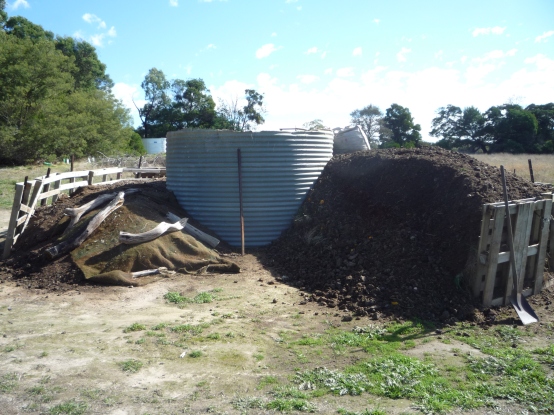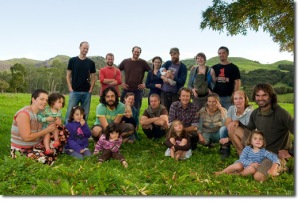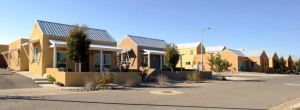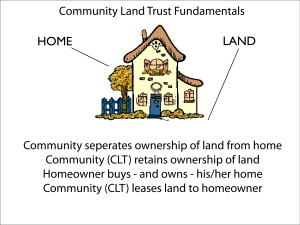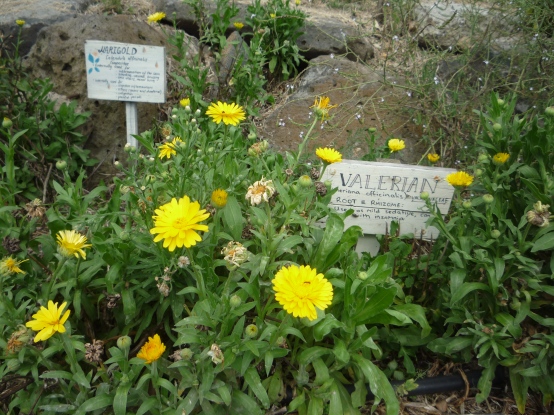Intentional communities are groups of people living together united by a willingness to share and co-operate, often sharing a belief or philosophy. While in the Blue Mountains recently I happened upon a community united by their religious belief. This was the Twelve Tribes, a ‘ Massianic’ community, which has spread from the US into many countries around the world. Now there are thousands of members, living in numerous smaller local communities. I found this description of their idea of community on their website:
‘ “Community” as we use the term means those who love one another so greatly that they are of one heart and mind, holding all things as common property, living together, taking their meals together, devoted to one another because they’re devoted to the One who saved them from death and misery.’

I found a their description in the WWOOF book as they accept volunteers, and went to drink a cup of mate in their cafe in Katoomba to have a chat. I talked with a vibrant, happy young woman called Simcha, which means ‘giver of joy’. This is not her original name but when she joined the community with her mother at the age of 5, she was given a Hebrew name, as all members are. Our conversation gave me a fascinating insight into their lives.
The Twelve Tribes is a fairly new religion, based on ancient beliefs and culture. They believe in God of Abraham, Isaac, and Jacob, the Creator of all things. They say theirs is the original religion and they worship Yahshua, or Jesus. The Twelve Tribes started having their meetings in 1975. Those who attended were Christians, deeply unhappy with the modern day practice of their religion, and they decided instead to practice in a ‘traditional and pure’ way that they believed God would have truly wanted. This soon grew into huge movement, and has now spread to Canada, Brazil, Argentina, UK, Germany and Australia with thousands of members. They believe in unity, in co-operation, in sharing, in forgiveness and caring for one another with love and compassion. Their way of life may seem quite old fashioned to us. They dress moderately and make their own clothing, they strongly believe in marriage, they often have traditional gender roles (although not as a rule), they home school their children and they live communally together.
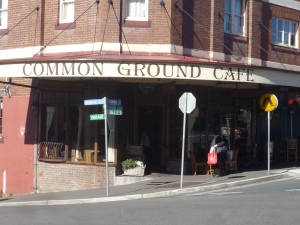
So what is their community life like? Well, there are around 25 living in the Katoomba community right now and around 50 in their closest community on a 22 acre farm in Picton, NSW. They all live in a large house with many rooms. Families often have a room for the parents and a room for the children, and singles sometimes share in dormitories. The communal space and kitchen is shared, as are house keeping duties and cooking. They do not have a TV, and instead fill their time with more wholesome activities. Each morning they gather at 7am for a ritual of singing and dancing, sharing and reading. Simcha called the “heartbeat of our life”. The children are home schooled with a curriculum of both intellectual, creative and religious content. The teachers are members of the community, often parents.

Decision making does not seem to have any formal structure, but small-scale specific decisions are taken by those it is immediately relevant to, for e.g. the cafe team, or the household team. Larger decisions are taken by the whole group, but those who are deemed to possess higher wisdom i.e. the elders or those with more experience tend to have the final say. The others in the group put their trust in this wisdom. If any conflicts arise, they try to to deal with each scenario in a natural way as possible. They believe in solving issues, not leaving them. There are no rules as such, but general standards and a common knowledge of ‘what is right’. Talking with Simcha, I generally got a sense that this seemed to work well for them. She admitted that of course their community is not perfect, and there are often conflicts that arise, but that their deeper spiritual connection reminds them of their common purpose, and their need to seek a resolution. But I can’t help feeling a little uncomfortable with the apparent traditional patriarchal system of the hierarchy of the elders, particularly men. I feel we have moved beyond this, and this community seem to be stepping back in time.

Each community has an industry to support themselves, and this is usually a cafe. This not only supports the community financially but also acts as a meeting place for them to spread their message of God and love. This might sound a little contrived, but Common Ground cafe in Katoomba is hugely popular, and a mere 10 minutes after opening we were already being shuffled into the overflow section! Their food is delicious, wholesome and healthy and people really enjoy the warm, welcoming feel of the place. The profit made goes into paying for the upkeep of the community and the buildings, and other expenses. They are still paying mortgages on both the cafe and the residential buildings. No member earns a wage, but is expected to serve within the community, for example by working in the cafe or teaching the children. The community supports all their needs in exchange for this service. This is the most extreme case of communal living I have come across yet. The members do not receive a stipend or have their own spending money. They do not believe in idle consumerism, so if there is something they need, for example shoes or clothes, they ask the community to provide it. Simcha seemed very happy with this arrangement, and it seems as though those in charge of the finances are pretty reasonable should a member request something. This really is a step away from modern individualistic lifestyles where we all feel we need to earn our own money so we can buy our own stuff. They must truly put their full trust in the community.
I never imagined I would be so interested to write about a religious community but I really am. Even though I am not religious, in fact I have been positively anti-religion my whole life, it seems as though there is something here that many other communities have been lacking. They tick a lot of my boxes, to mention two: They have a strong community glue binding them all together which is their religious /spiritual belief, and they are self sufficient in supporting themselves with their own small industry. Not only this but they practice a simple, non-consumeristic lifestyle where love and compassion are at the forefront of everything they do. Our host Simcha positively glowed with love, and the others who greeted us were warm, pleased to stop and chat and welcoming. It is not often I have been welcomed in this way into a community.

The glue. The key to community is the glue. The stuff that binds us together! And the glue doesn’t need to be a religion, it just needs to be a common belief, a common goal which we all share. Many communities I have visited seem to be lacking this binding factor. Yes we all want to live together. Yes we want to reduce our environmental impact. Yes we want our kids to grow up with other children and with support from other families. But is this enough? When the kids get older, the families drift apart. When a dispute arises, the community splits. When house prices in the area rise, many sell up to make a tidy profit. I’ve seen all this. I’m not saying that this is the case across the board, I’m only saying it can happen. Now if a community were to set out its very specific common beliefs, what really lies at the heart of them all, they would have something to live together FOR. The people in Twelve Tribes don’t live together for the sake of living together, their living together is only a side product of their religious beliefs. In Victoria, the members of Common Ground Community Co-operative are together because they believe in working towards social change. This is their glue. A farm. A co-operative. A not-for-profit. A specific spiritual practice. An environmental issue. These can all be ways in which communities bind themselves together. This way when conflicts do arise, there is a good incentive for sorting them out! There is more at stake, more to risk. Now there is plenty of press about Twelves Tribes. There are many stories out there about the negative side of the community; they are even called a cult and accused of putting pressure on vulnerable people and attempting to brainwash potential members into joining. But I don’t want to explore these issues, nor am I ignoring them. I simply want to share what it is I found so fascinating about them.
Rebecca







































